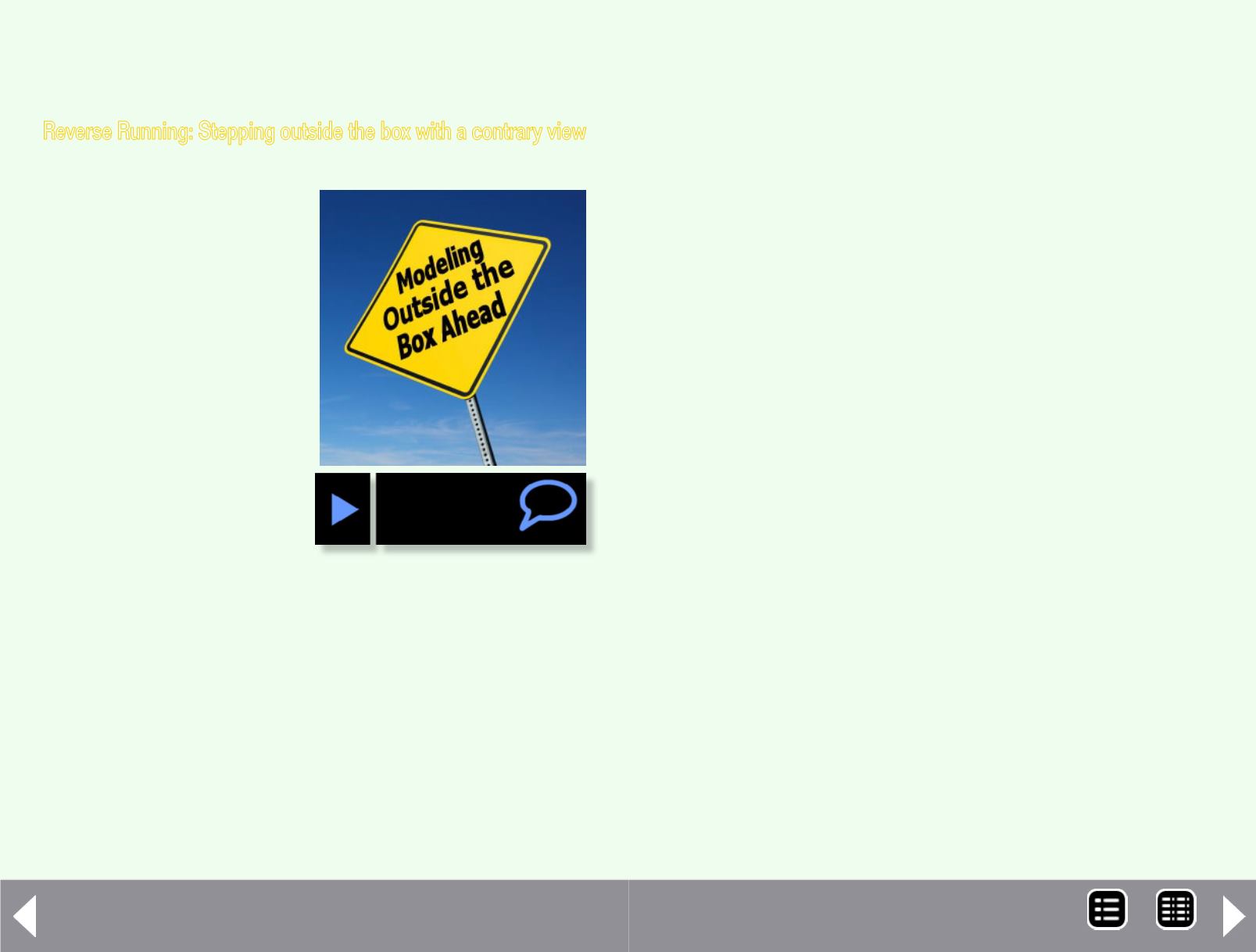
Reverse Running commentary
F
irst of all, I thank you for
MRH. I look forward to it
each month. I do won-
der though if we are addressing
many of the same issues that
have been discussed for years
in the hobby press. Where’s the
advancement in the discussion
diversity on these topics?
While layouts focus on the gen-
eral structures required for rail-
road operation they often don’t
take into consideration the geo-
graphical, cultural and histori-
cal context they are supposed to be set in. Some do better at this
than others.
The specific areas I am talking about are architecture, ethno-bias,
and the diversity of structures frequently determined by the skills
of the immigrants working in new country on that section of a
major railroad. Each different immigrant population had different
skill sets, depending on their country of origin. Seems we also gloss
over reflecting the native population that came before us.
In the model railroad world, do we get so focused on operations
that we miss the immediate non-Anglo influences around these
Reverse Running: Stepping outside the box with a contrary view
by Kenneth Frink
What cultural context are you
modeling?
great railroads? Even the railroads recognized the architecture and
building practices of the native people. Examples would be the
Santa Fe depot in Albuquerque, NM, in its pueblo mission style,
and the depot in Los Angeles.
These two depots not only give a visual reference to non-Anglo
people who came before us, but were built by many of the same
methods. These reflected locally available materials, with their effi-
ciency in both hot and in cold climates. The Union Pacific depot in
Boise, ID reflects this as well, even though it's not in the Southwest.
We learned these methods from the native people.
When you look at some of the stations in the northwestern United
States, they reflect the local materials available and display less of a
Native American contribution in building techniques.
Should we as modelers be inclusive in our representations of his-
tory, or do we perpetuate a myth? Are we more concerned about
an exact replica of rolling stock, and the details on a loco, than we
are in the accuracy of our layout setting?
I have yet to see a model railroad from the southwestern part of
the United States display a pueblo with a kiva oven, an outdoor
oven for baking bread. I have yet to see a layout showing Navajo
members standing on station platforms selling rugs, pottery
and jewelry. I have yet to see a model railroad showing a Native
American woman with her children, washing clothes on stones
in a creek or river.
Should model railroading be in a state of perpetual nostalgia while
also being in a state of historical denial? If modeling the setting
more realistically doesn’t fit with our perspective, then maybe we
need to look at ourselves a little more.
MRH-Nov 2013


